- Iceland
- Our tips for preparing your itinerary in Iceland

Iceland is for many people a great adventure, a journey like no other in immersion with nature. Most of the tours are self-tours, which allows you to discover the island at your own pace. This is the formula we recommend that you choose. But if you have a little time to plan your trip, it will be much cheaper to plan your own itinerary.
Here are our tips on how to prepare your itinerary in Iceland.
Summary
1Discover Iceland at your own pace
Iceland is an exceptional land by the incredible richness of its landscapes. The whole island is full of fascinating places, so we are tempted to discover them all.
If you have only a limited number of days, concentrate on one part of the island. Don't look for a full round if you have less than 10 days ahead. You might run without time to enjoy it. Instead, stay in the south where the most famous points of interest are located (up to Jökulsárlón) and discover, for example, the Snæfellsnes peninsula. If you come in the summer, try adventure in the land (Landmannalaugar, Lakagígar).
As for the fjords of the west, the road is extremely long. Don't embark unless you can devote at least 3 days to it.
2Be flexible: don't let the weather ruin your stay in Iceland
On the Ice Island, be aware that the local weather forecast is only reliable for one or two hours!
One evening in July 2016, we asked a ranger if the weather forecast for the next morning would be good. She recommended that we never rely on forecasts because Iceland is an unpredictable island. Indeed, the island is subject to the whims of the winds and a beautiful blue sky can turn into a snowstorm in just a few minutes, even in the middle of summer!
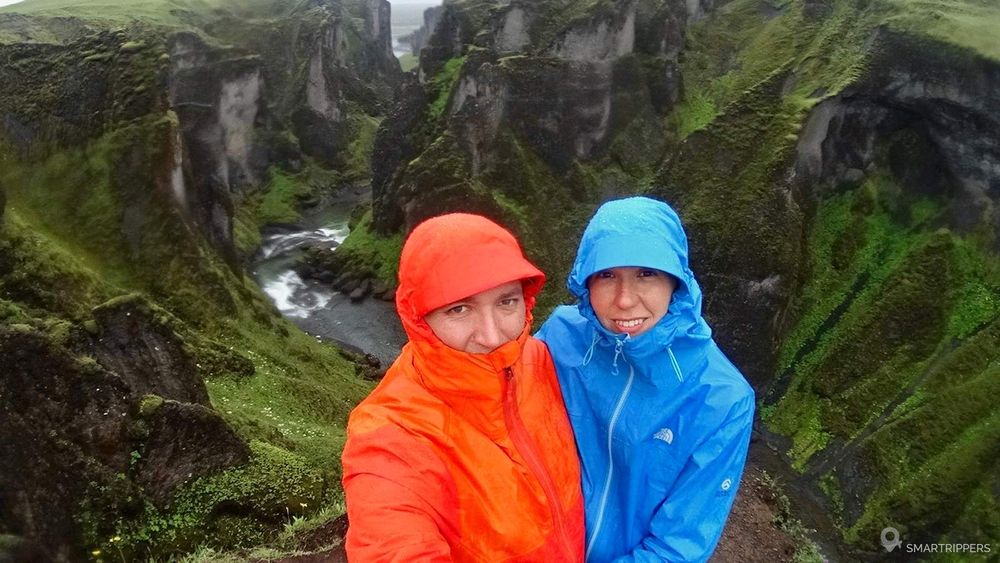
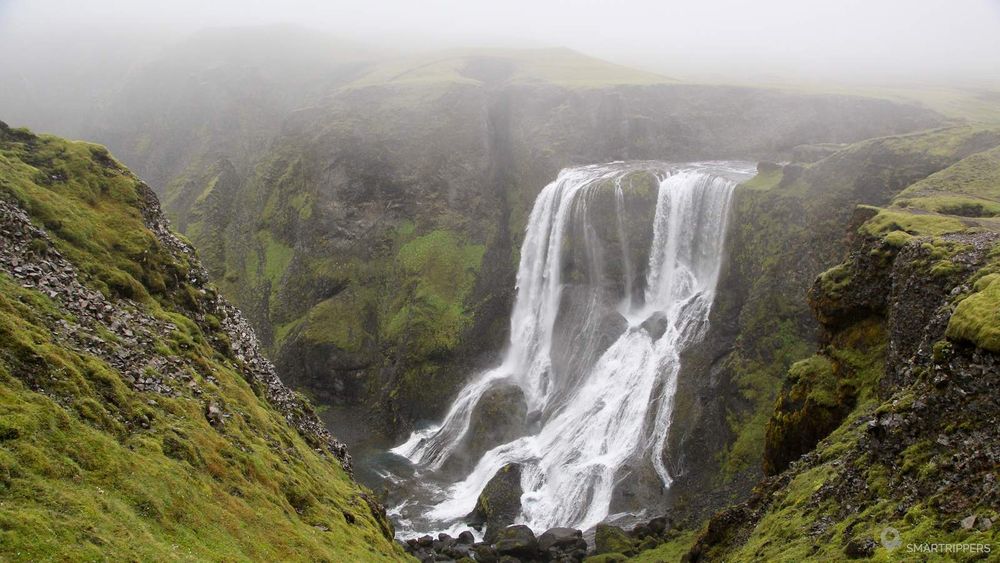
Also think of high winds. In parts of the island, especially in the south, Highway 1 crosses huge sandy beaches and ashes that can cause severe damage to your vehicle in the event of a storm, not to mention the risk of injury and/or damage to your rental vehicle by opening a door because of the wind.
During our stay, we were confronted with 2 days of violent winds at more than 100 km/h. Our rental company contacted us asking us not to travel in the south of the island for 2 days. Fortunately we had anticipated the storm by heading towards Snæfellsnes peninsula then under a big blue sky.
In winter, also note that the blizzard can make traffic very complicated and considerably slow you down.
Keep in mind that Iceland is unpredictable and surprises can be numerous. Weather is therefore an important constraint to take into account in the realization of your itinerary. With a flexible course you will be able to adapt if the weather suddenly deteriorates.
In summer, the campsite is ideal for camping
If you're going out in the summer and you like adventure, choose camping. During this period, hotels and gites are full many months in advance, which means that reservations have to be made. Although camping is not the most comfortable solution, it is the most flexible and economical. The grounds are generally large enough to accommodate a place and can be found throughout the island.
The campsite offers the freedom to create a tailor-made itinerary that you can build day after day according to your desires.
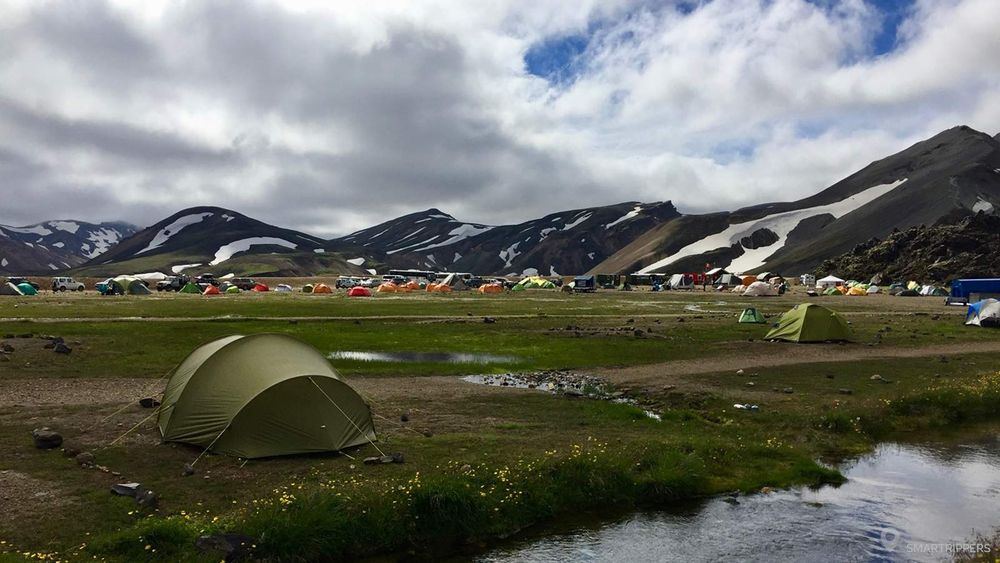 The Landmannalaugar campground.
The Landmannalaugar campground.If you arrive late in the evening and the offices are closed, you can still pitch your tent and show up the next morning to pay the bill.
You can also opt for wilderness camping, allowed in Iceland outside of national parks and private properties, respecting of course the nature and carrying all your garbage. In this case, plan to sleep in your vehicle because it is difficult to find a flat ground to pitch your tent outside the reserved and paying areas.
Choose anchor points and radiate
If you need to make reservations for your nights, we recommend that you do not change accommodation every night except for long trips. In fact, by following a pre-determined itinerary that takes you every day forward, you will experience the whims of the weather every day.
Choose more flexibility by choosing several anchor points during your stay that will allow you to decide on your excursions according to the weather, but also your fitness level. Although the kilometers travelled will be more numerous, you will increase your chances to see the summit of the immense glaciers, to enjoy the superb panoramas without fog or even to cross certain fords whose level varies according to the climatic conditions.
Of course you will certainly have nights to do to advance your journey, but as far as possible, try to group your nights in the same place.
3Cleverly prepare your itinerary
Flexibility being the key word for a good stay in Iceland, we recommend that you do not pre-define a precise order in your visits. Cut your route into zones instead. To identify these areas and organize yourself once you're there, we recommend that you buy a large road map and list all the points of interest you want to see, including hikes.
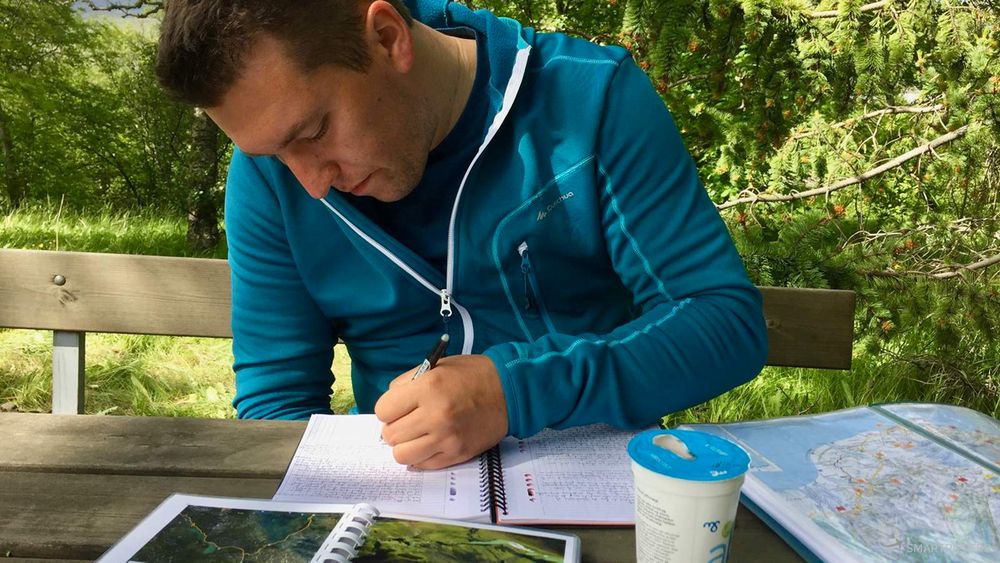
Identify points of interest
To find out the points of interest to discover in Iceland, you can consult our interactive map (non exhaustive list). You can also use one of the trade guides, or browse the many websites and blogs about Iceland. Little by little you will become acquainted with the curiosities to see and some will attract you more than others.
Don't forget to list the hikes that interest you or the natural hot springs that are very pleasant after a good day.
Buy a good card and write your points of interest on it
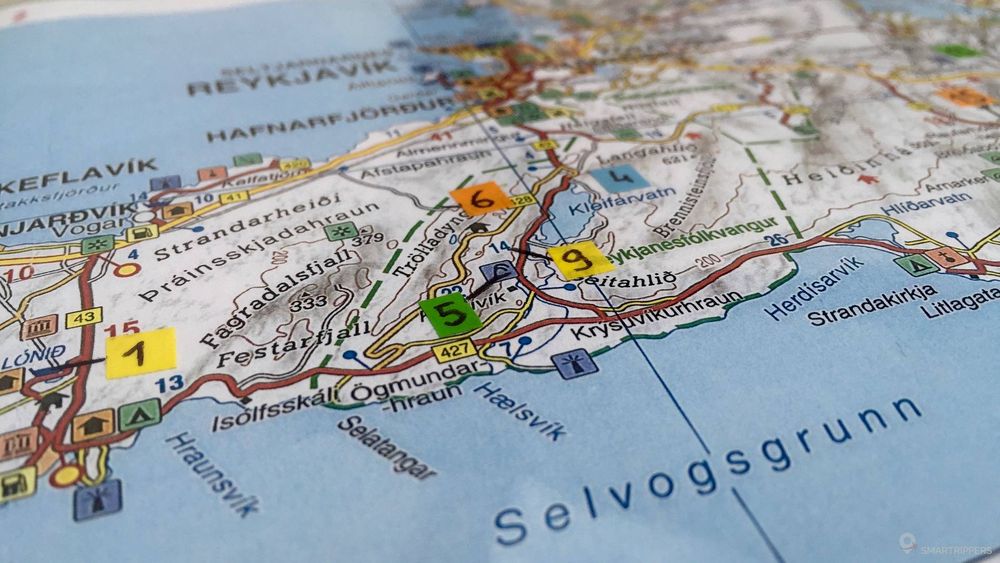
Choose a fairly detailed map that also lists petrol stations and campsites if you have opted for this type of accommodation. As an example we used the Freytag map which was very useful during our 3 weeks.
Use several colors to identify the places you plan to do "absolutely" and those you plan to do if you have time. You can also, as we have done, categorize by color (e. g. blue waterfalls, white glaciers, green geothermal phenomena, etc.).
Cut your route into zones
Now that you have identified all your points of interest, you will need to delineate your zones. To do this, you must first determine the maximum travel time you want to make each day. Then draw your zones so that the maximum distance between the farthest points does not exceed half of your desired maximum time.
Estimate the number of nights for each stage
Once your zones are defined, you will be able to determine the number of days to spend in each zone. Here are a few recommendations to help you estimate the number of nights:
Plan blank days
Plan a few blank days in your program,"just in case. A blank day for every 7 days seems like a good compromise. In case the weather is not favourable to you (fog, blizzard, storm...) or if the fords are impassable, you can use this day as a second chance. If not, you can use it to discover new countries or simply to rest.
Select your cities carefully
Around Reykjavik
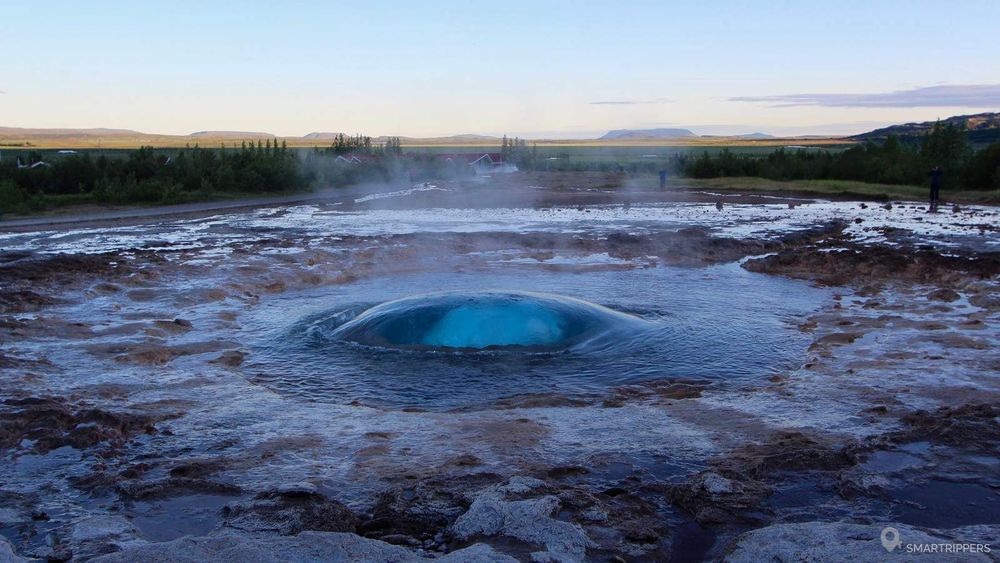
Some cities are more likely to stay there because of their interesting geographical location. For example, Reykjavik, the capital of Reykjavik, offers many reasonably priced accommodation solutions and allows you to reach the south and west of the island.
From Reykjavik for can in one day:
- Discover the south of the island until Vík (2h15 going)
- Browse the Gold Circle
- Tour the Reykjanes Peninsula
- Get a quick glimpse of the southern Snæfellsnes peninsula (2h15 hrs one way)
- Getting to Reykholt
In southern Iceland
The village of Vík and the town of Kirkjubæjarklaustur offer the opportunity to reach the south of the island, with a large majority of points of interest concentrated in this area. For example, from Kirkjubæjarklaustur, it will take you 1h30 to reach Jökjubæjarklaustur. It is also the ideal stopover city if you want to venture towards the Lakagígar (F206).
North of Iceland
In the north of the island, the Mývatn Lake offers an ideal drop-off point to discover the multitude of nearby sites. However, as prices are high near the lake, you can reach Húsavík, which is only 45 minutes away from Mývatn Lake, or Akureyri at 1h.
The special case of Westfjords
The Westfjords (Western Fjords) are an exception to this rule, and because of the large number of kilometres to be covered, they will require stages every day.

Of course, there are many other cities in Iceland that could be potential drop-off points, but these are only examples.
4Optimize your trip
Now that your itinerary is taking shape, we'll see how to optimize it.
Skillfully use your first and last days
Discover the Reykjanes Peninsula
Unless you come by ferry from the Faroe Islands, you will land at Keflavik Airport, located at the tip of the Reykjanes Peninsula. This little piece of land lists some geothermal sites that it can be interesting to discover on arrival or before your departure.
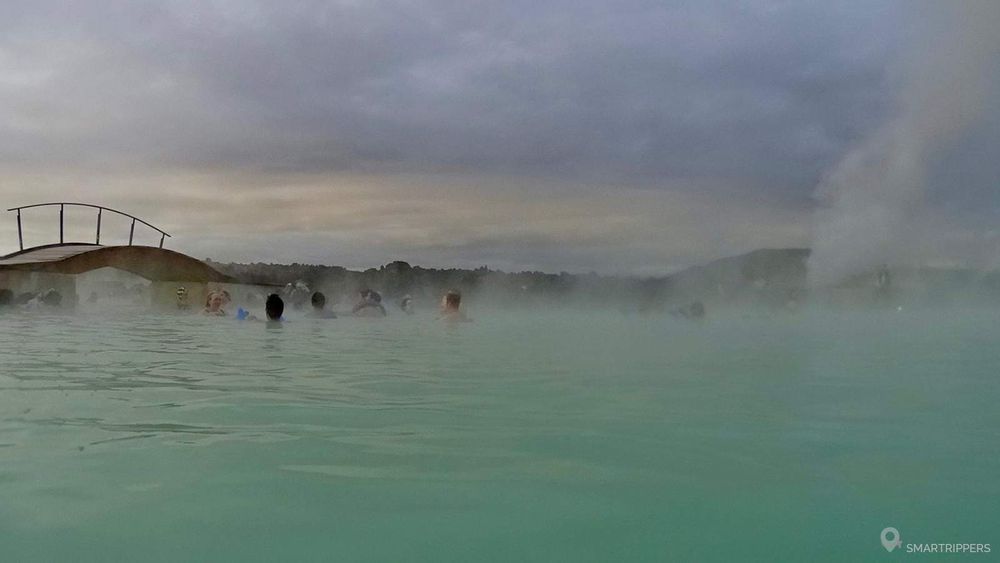
If you are interested, the Blue Lagoon is also located 15 minutes from the airport. It is therefore possible to easily combine a swim with your flight schedules. There is a shuttle bus service between Reykjavik, Blue Lagoon and the airport for an extra charge. Allow at least 2 hours to enjoy the turquoise lagoon.
Note that due to the very high number of visitors, it is highly recommended that you book your slots at the Blue Lagoon, especially in summer if you want to be sure to get in.
Visit Reykjavik
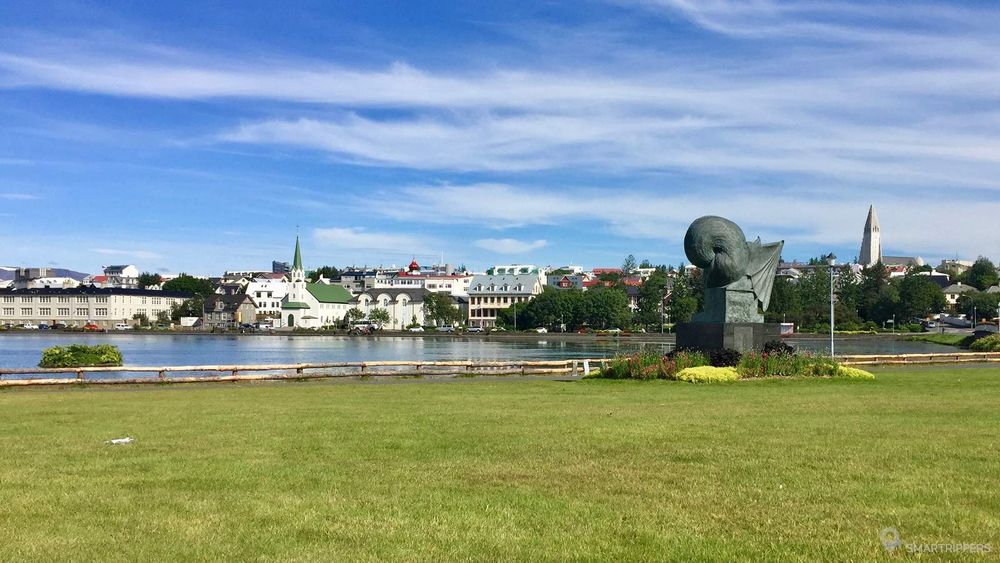
The discovery of Reykjavik is usually optional in a trip to Iceland because the city offers relatively little interest compared to the natural wonders nearby. We recommend that you do not start your itinerary by discovering the city, but rather devote a few hours to a day if you have some time at the end of your stay. The walk is very pleasant, but not essential.
If you stay in Iceland is short, we recommend that you simply leave the capital behind, unless you make it your base camp.
Directly reach your first destination without passing through the capital
If you arrive at the end of the day in Keflavik, don't feel obliged to spend your first night in Reykjavik. If the capital is not your first point of fall, take the opportunity to advance the road to your first destination. You'll easily find supplies in the towns you cross or at the many service stations along Highway 1.
Enjoy the midnight sunshine
If you travel in the summer, use almost permanent sunshine to your advantage. From 9pm onwards, the number of visitors decreases drastically, giving you privileged access to some of the most popular tourist sites, such as the Golden Circle and the lagoons of Jökulsárlón and Fjallsárlón. The brightness of the midnight sun is also very beautiful to make beautiful shots.
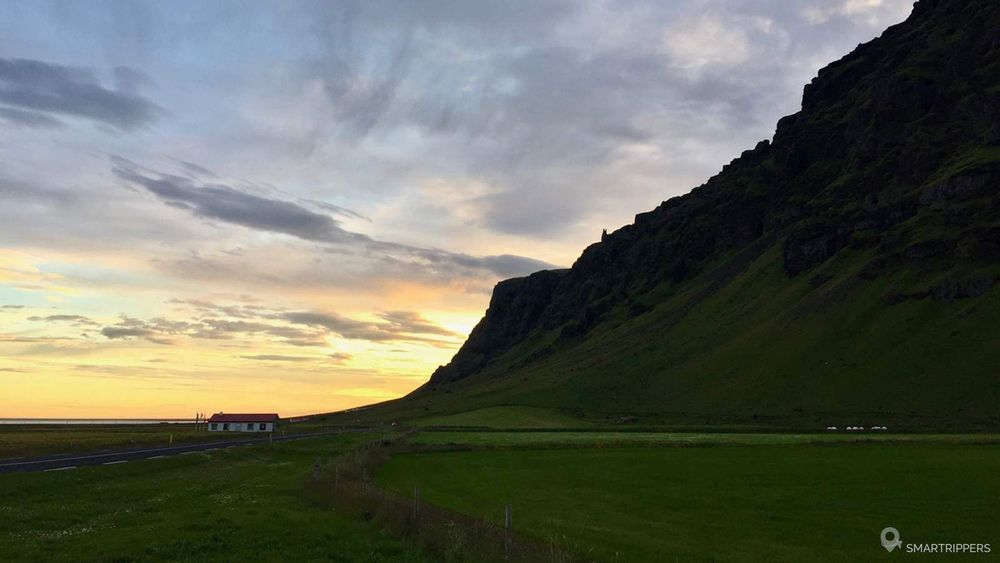
As the days are longer, you will have the opportunity to extend your days if necessary. But don't forget to look at the time because the notion of time is lost.
5Think about excursions and interior tracks (4x4)
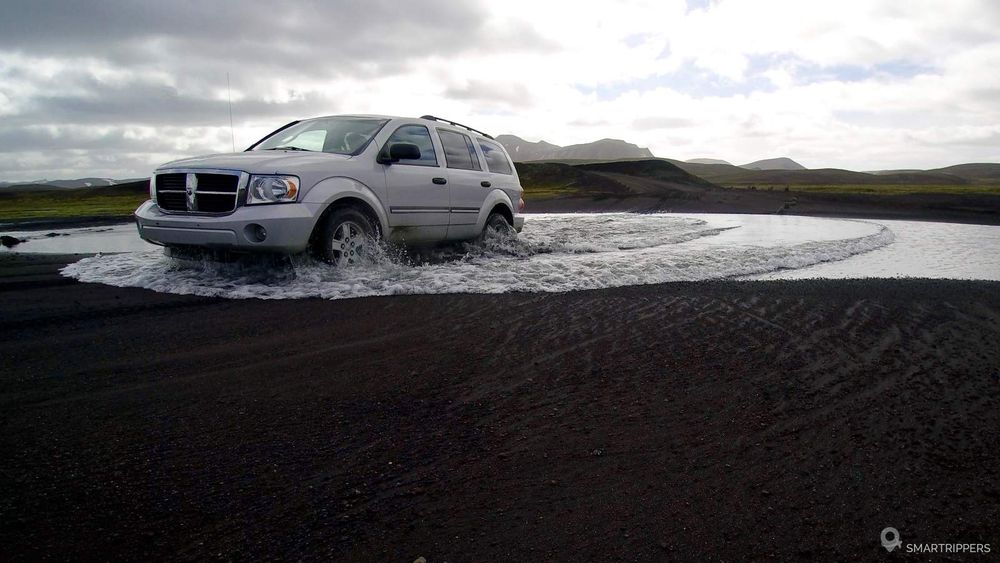
The inland hides some of Iceland's most incredible landscapes. This section can only be discovered in summer and by taking trails open exclusively to all-terrain vehicles (roads F). SUVs can take these tracks but we recommend that you use a 4x4 to avoid getting stuck when crossing an obstacle or a river.
If you are not fond of driving on the track, or for other reasons you do not want to have a 4x4, you can still access the sightseeing attractions from the inside by taking a 4x4 bus excursion. These will allow you to access Landmannaugar, Lakagígar and Askja's caldera.
Check the opening dates of the indoor runways and plan alternatives
Please note that the trails are only open for a few months a year. The opening dates vary from year to year, with the trails opening gradually depending on their condition. They are generally spread out from early June to mid-June, but exceptions are frequent. For example, in 2015, some pistes were only opened at the end of July due to heavy snow cover.
Same for closing dates. Trails close as soon as the first snows arrive, which usually occur in September, but as with everything in Iceland, this is not an exact science.
So plan one or more alternatives in case you can't use the indoor runways.
Crossing fords: be vigilant

If you are driving a 4x4 and your route includes fords to cross, be aware that they can suddenly become impassable due to heavy rain or a sudden rise in temperatures (which can sometimes occur very early on).
Prefer the crossing of complex fords in the morning because they are usually larger at the end of the day due to melting snow and glaciers.
Always plan for a fallback solution if you cannot cross the river. A detour can make you lose several hours, better to anticipate it in case.
We are Sandrine and Flo, French thirty-somethings. In 2019 we quit everything to live our dream, become nomads and travel around the world. We left with our baby, Lena, who was only 5 months old at the time. After a first trip around the Pacific Ocean by plane and a long 3 months stay in Hawaii, we left to discover Iceland for 3 months on board our 4WD pickup truck and truck camper. Then we continued our adventure in North America.
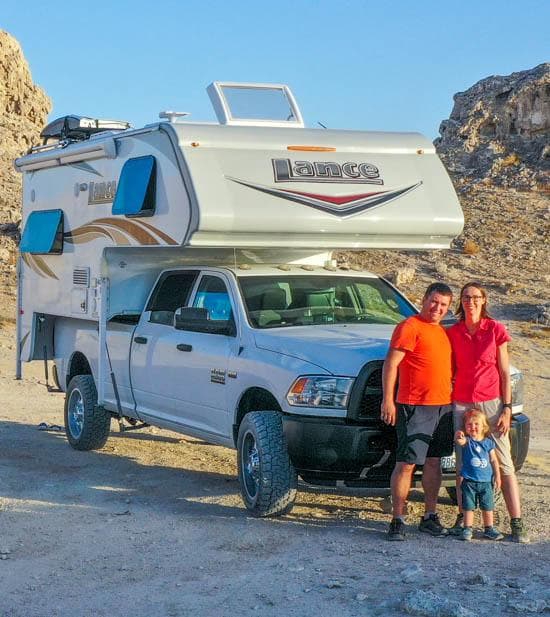
Today, if we can continue this adventure, it is above all thanks to our blog, Smartrippers! We created it one day in 2016, with the desire to share our good travel tips, without thinking that it would lead us there! We have developed it a lot over the years and have become experts on our 3 favorite destinations: Hawaii, Iceland and the American West. We now guide you to these destinations to help you plan the trip of your dreams!
Follow our adventures!